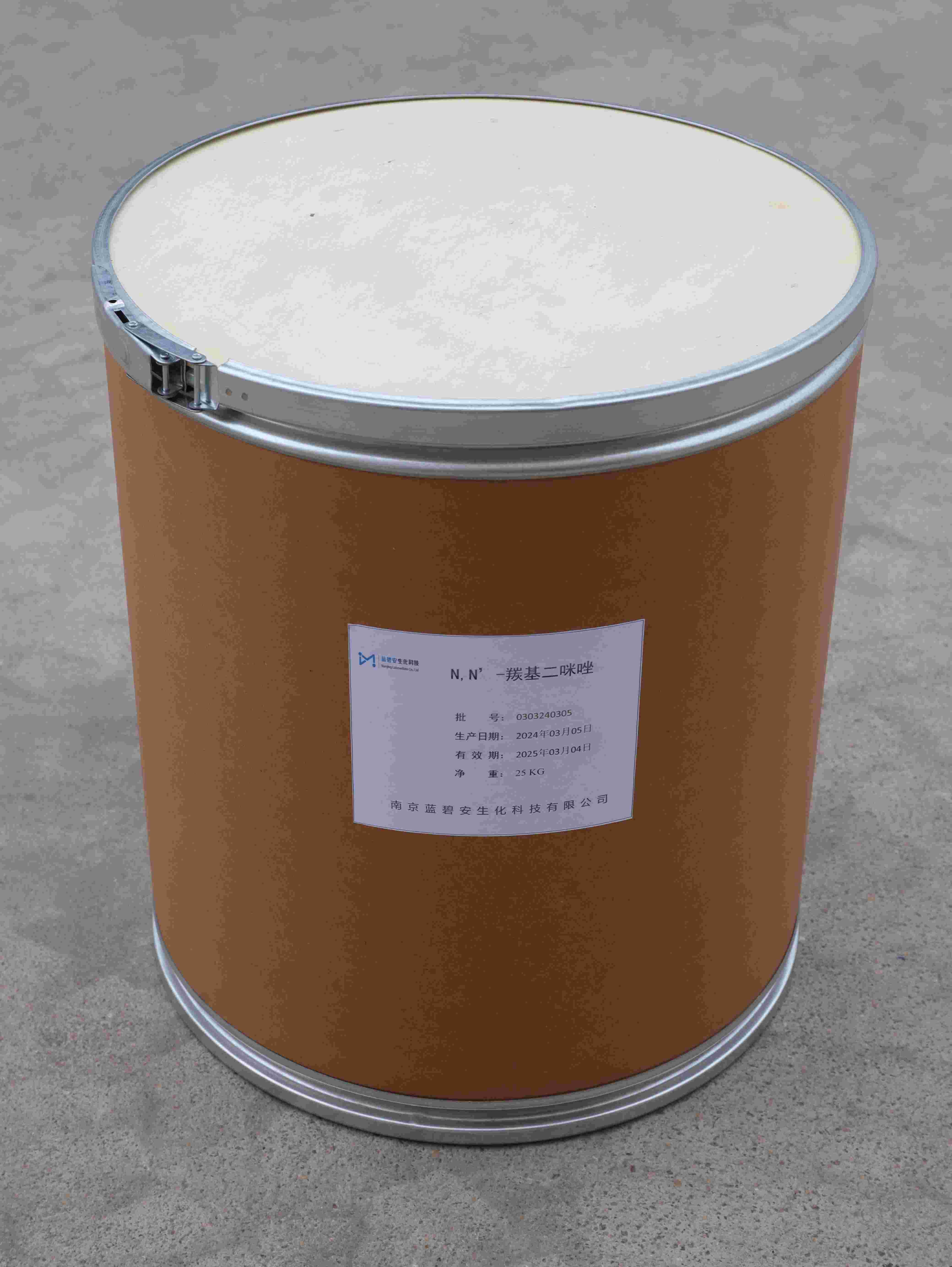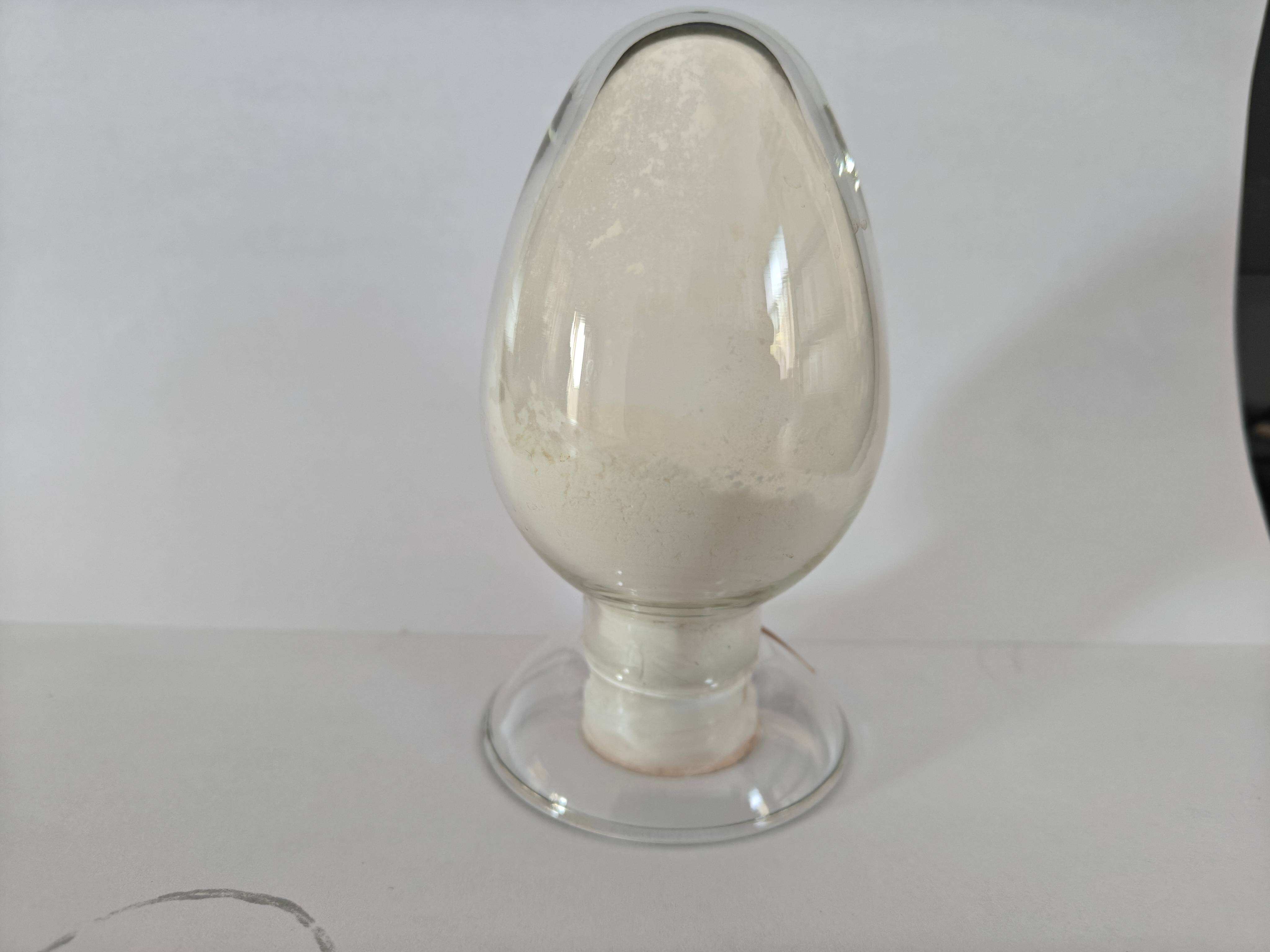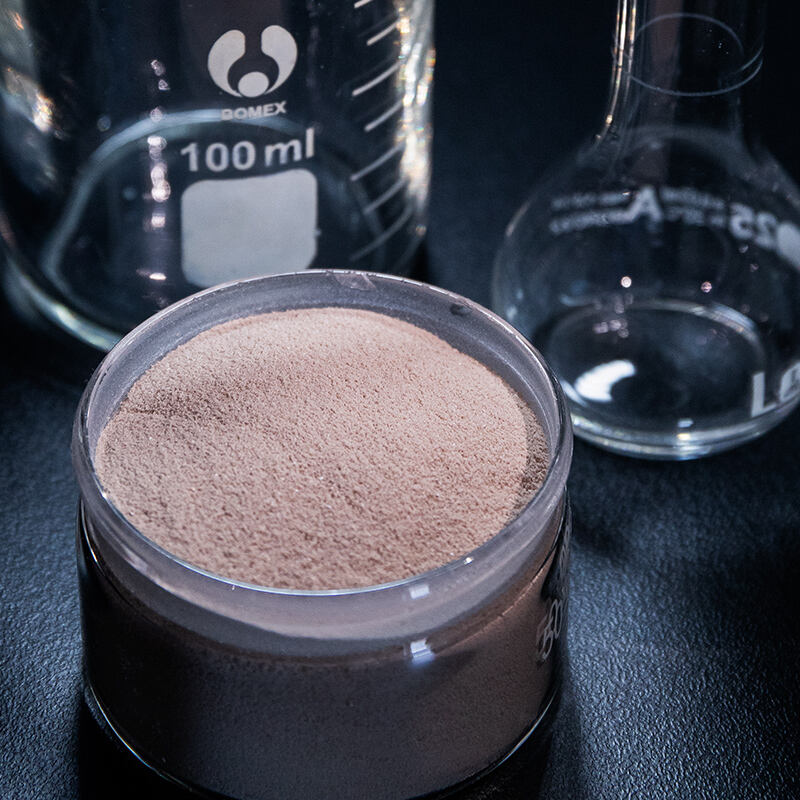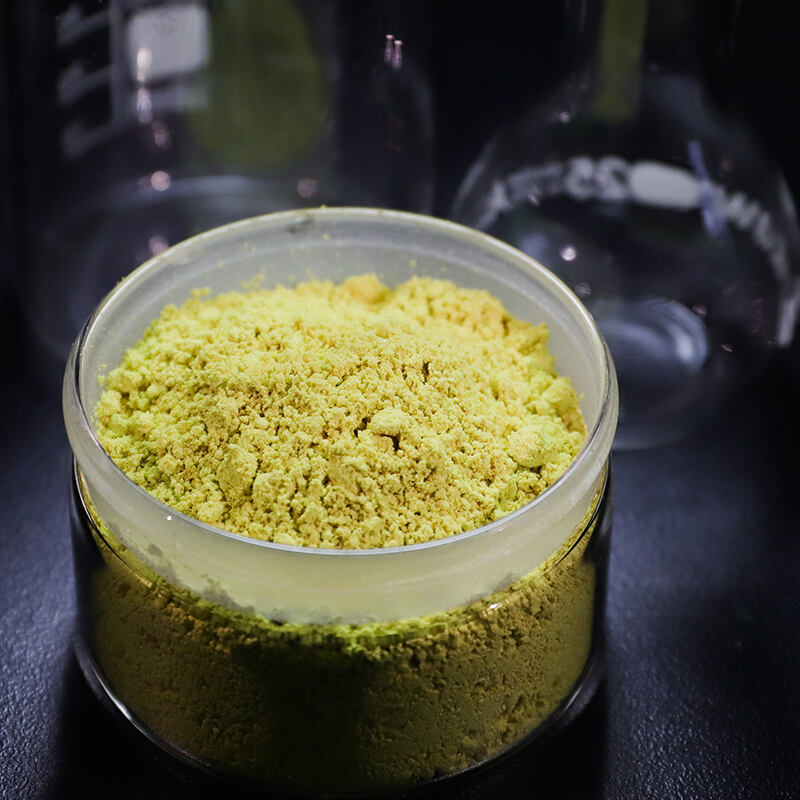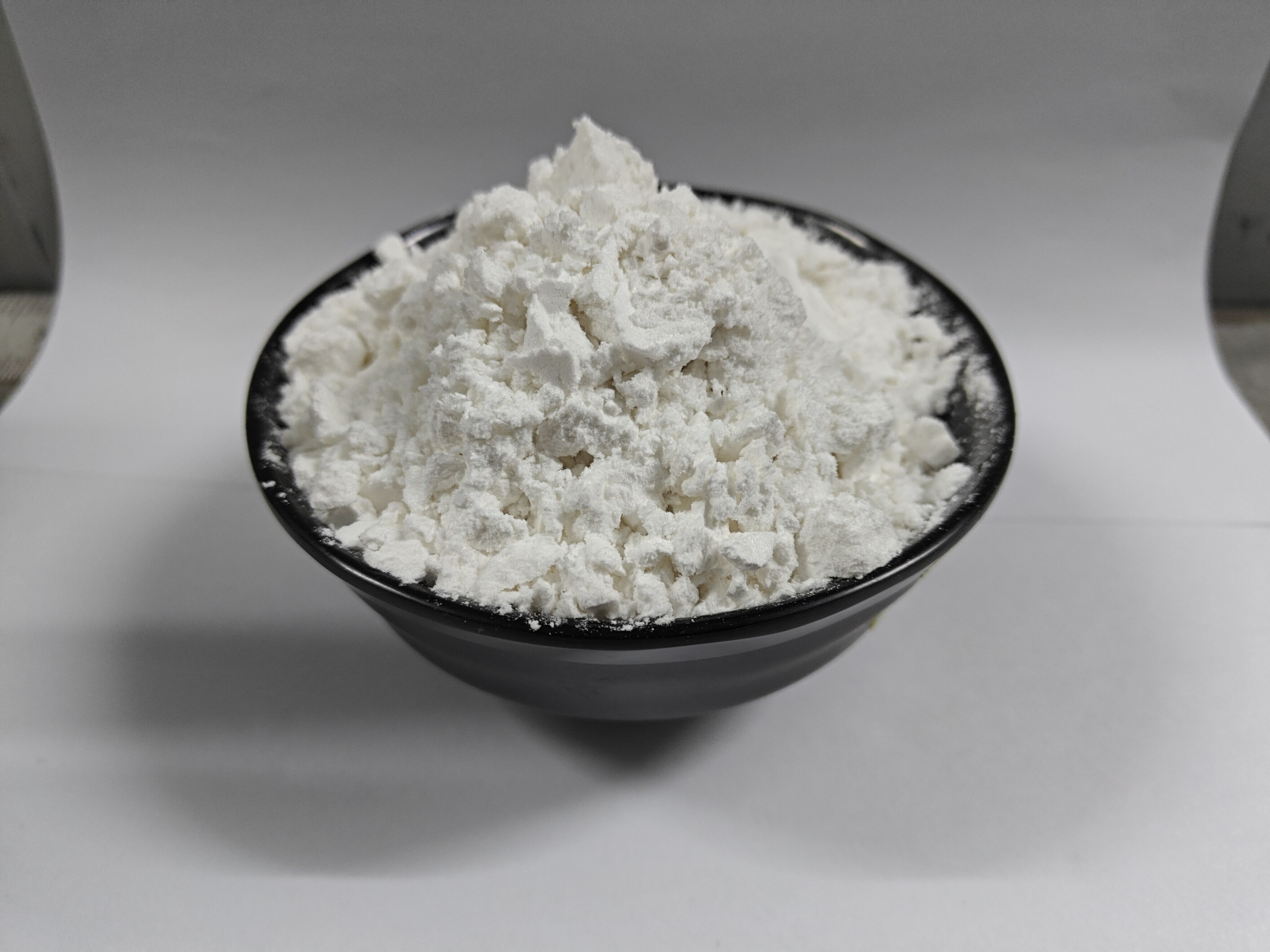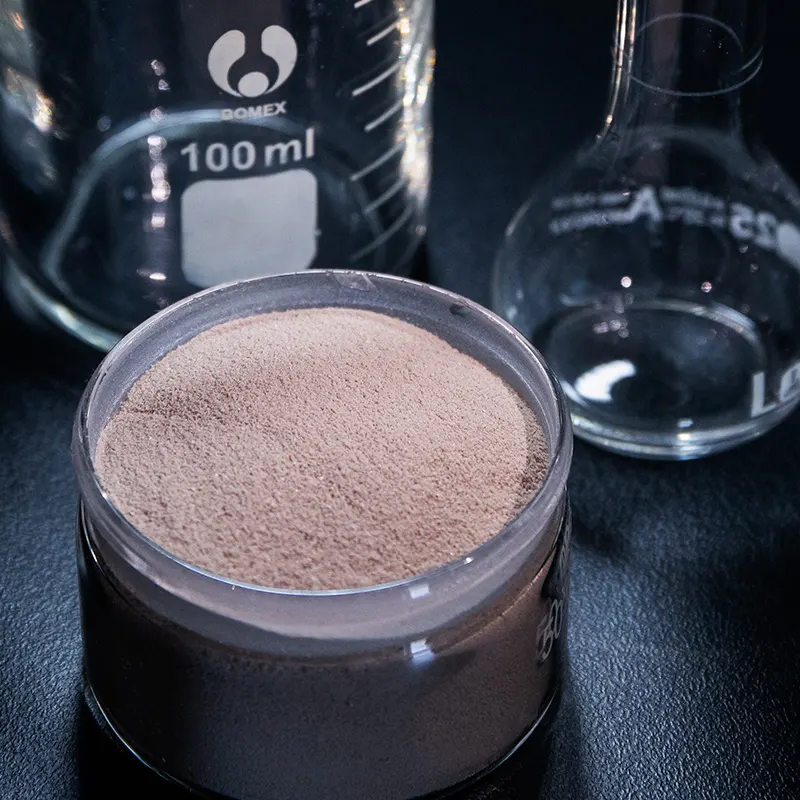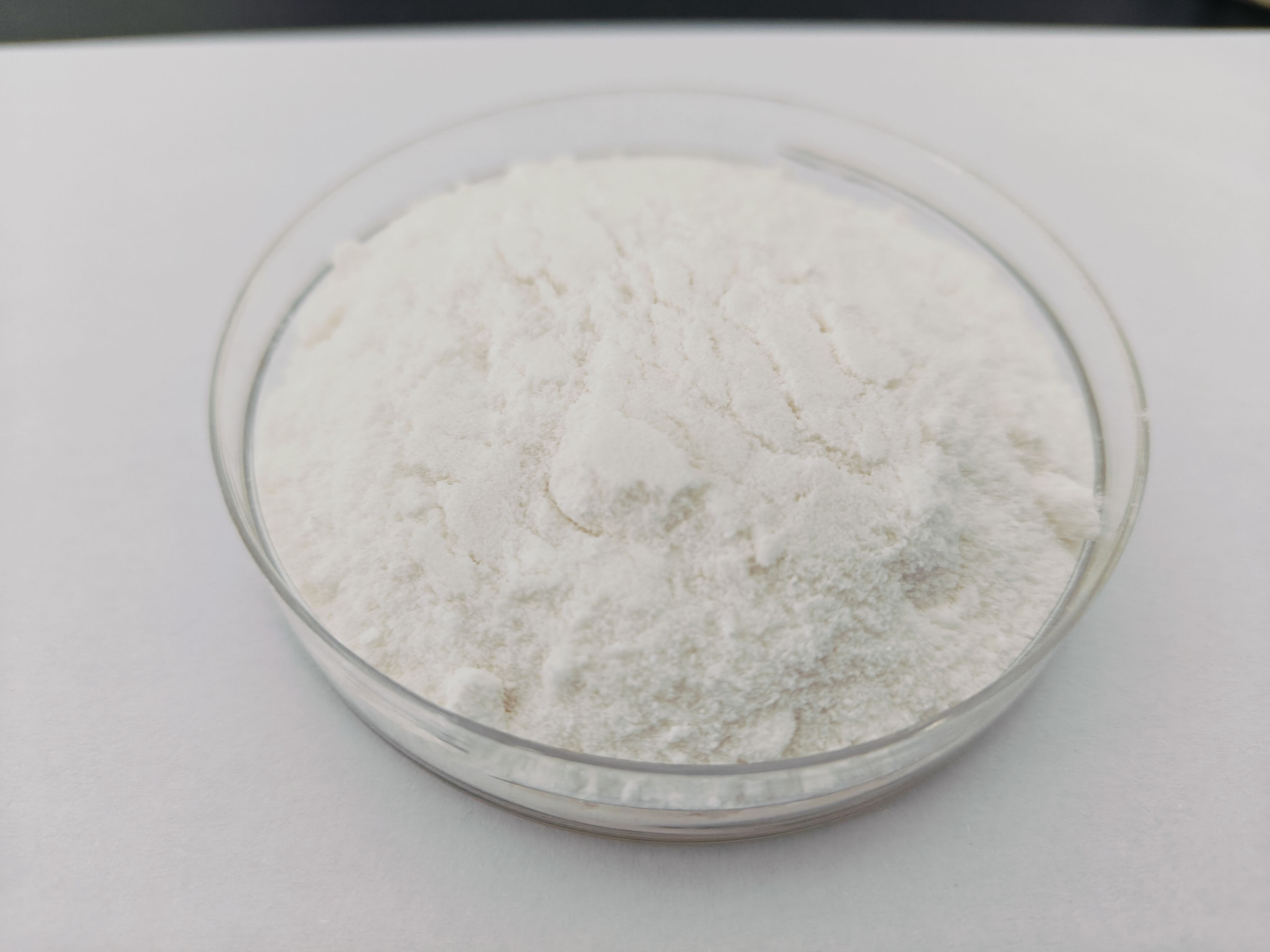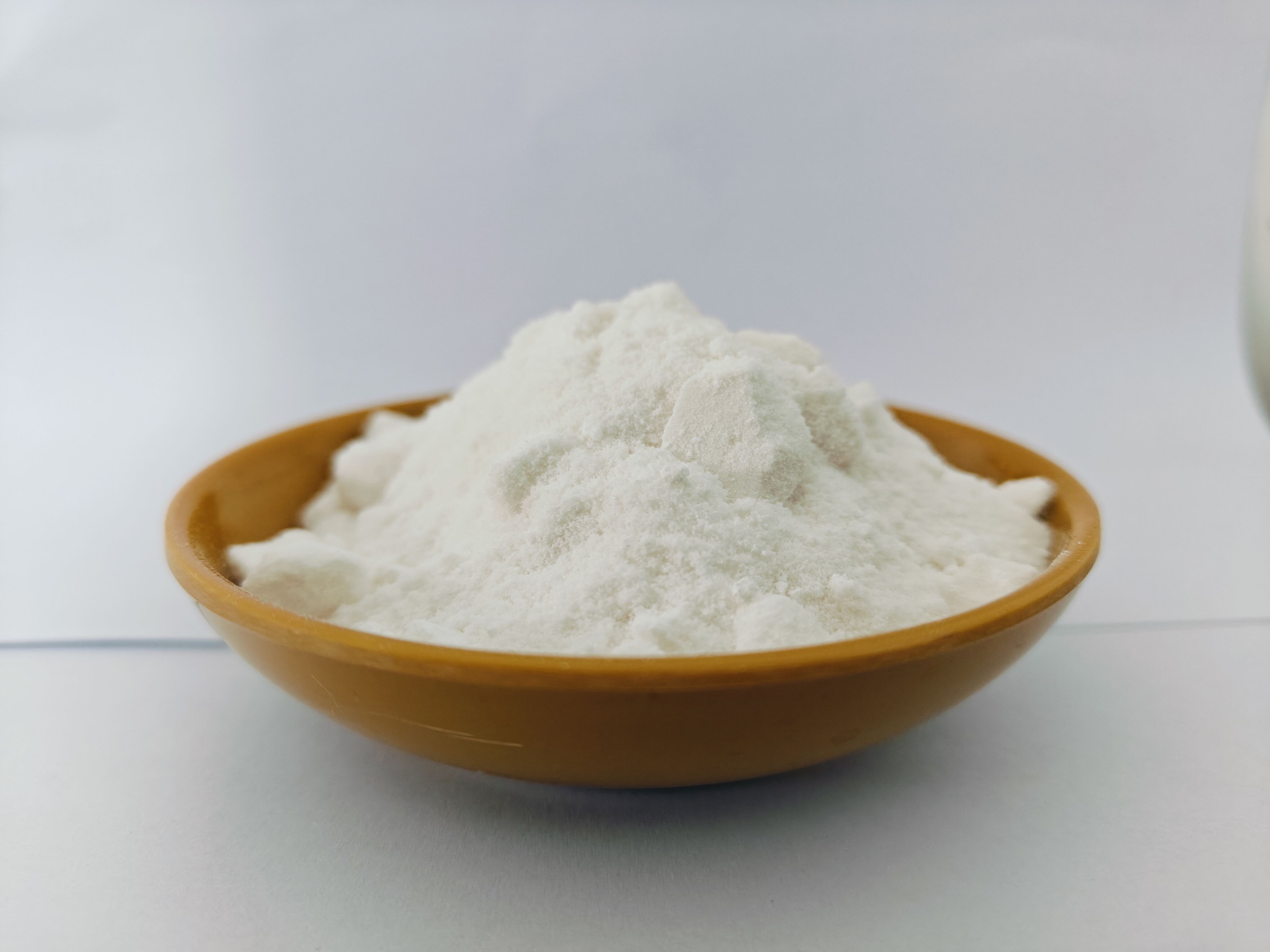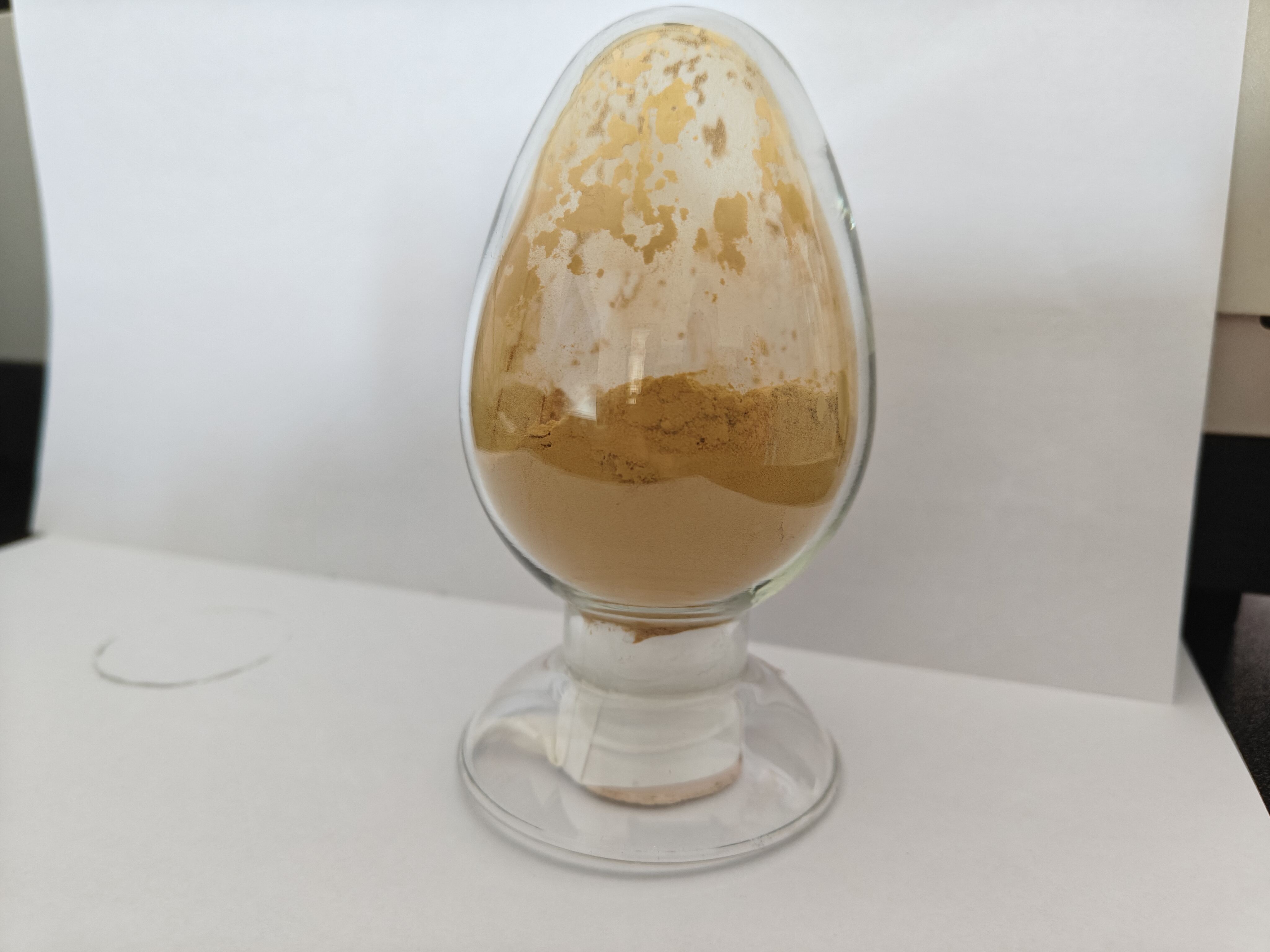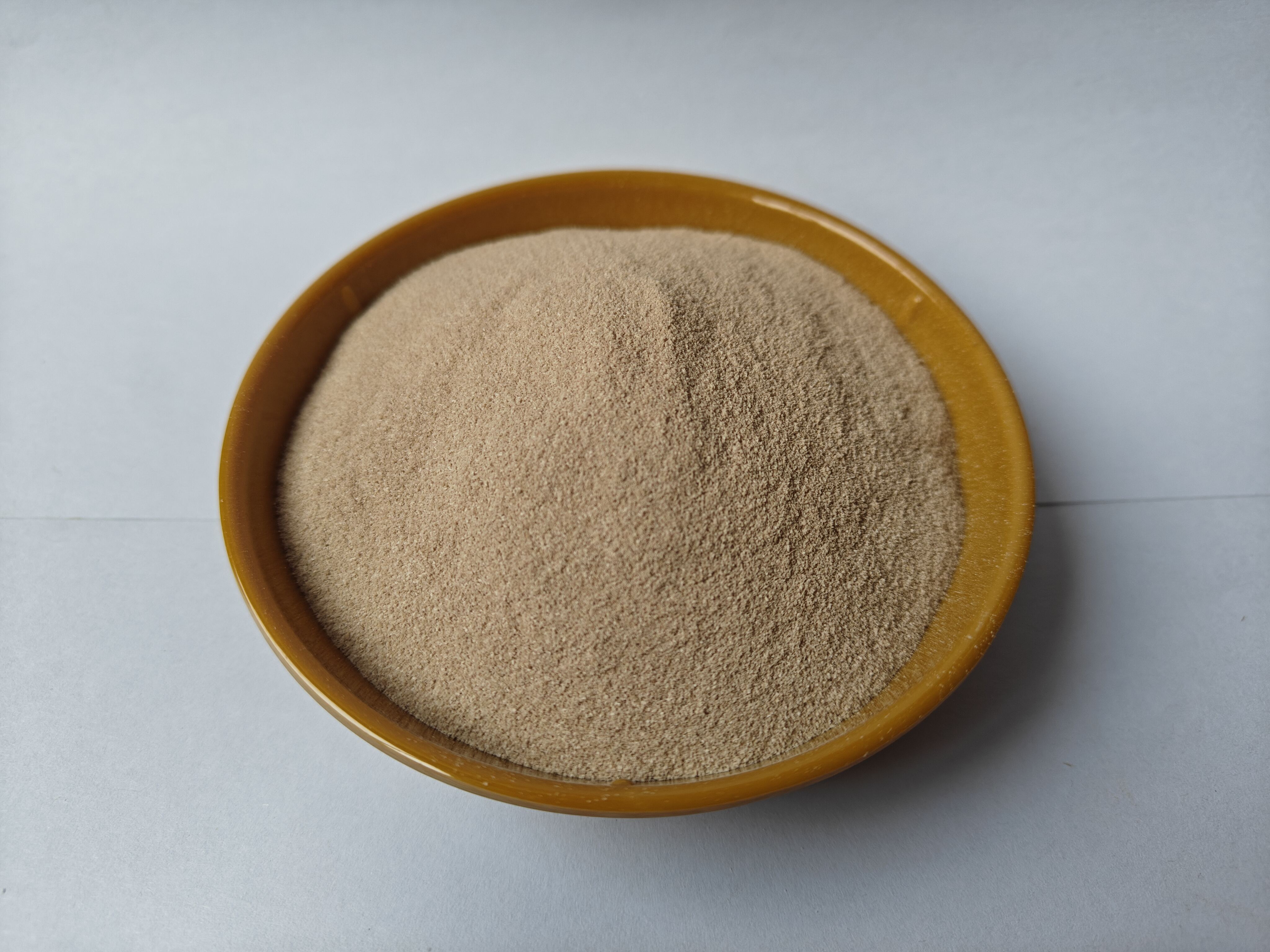catalyzer dựa trên organophosphine
Các chất xúc tác dựa trên organophosphine đại diện cho một lớp hợp chất quan trọng trong tổng hợp hóa học hiện đại, được đặc trưng bởi tính đa dụng và độ chọn lọc cao. Những chất xúc tác này chứa các phân tử hữu cơ có phosphorus hoạt động như ligand, phối hợp với các trung tâm kim loại để tạo ra các hệ thống xúc tác mạnh mẽ. Các chức năng chính của chúng bao gồm hỗ trợ các phản ứng ghép chéo, quá trình hydroformylation và tổng hợp không đối xứng. Các đặc điểm kỹ thuật của những chất xúc tác này bao gồm khả năng hoạt động trong điều kiện nhẹ nhàng, nền kinh tế nguyên tử cao và độ chọn lọc nổi bật về cấu hình lập thể. Trong các ứng dụng công nghiệp, các chất xúc tác organophosphine đóng vai trò quan trọng trong sản xuất dược phẩm, tổng hợp hóa chất tinh khiết và sản xuất polymer. Cấu trúc phân tử của chúng có thể được điều chỉnh tinh tế để tối ưu hóa hiệu suất xúc tác, làm cho chúng thích ứng với nhiều điều kiện phản ứng khác nhau. Các chất xúc tác này thể hiện sự ổn định tuyệt vời và có thể được sửa đổi để tăng cường độ tan trong các môi trường khác nhau. Những tiến bộ gần đây đã dẫn đến việc phát triển các chất xúc tác organophosphine được hỗ trợ, cho phép tách sản phẩm dễ dàng hơn và tái sử dụng chất xúc tác, từ đó cải thiện kinh tế quy trình và tính bền vững.

